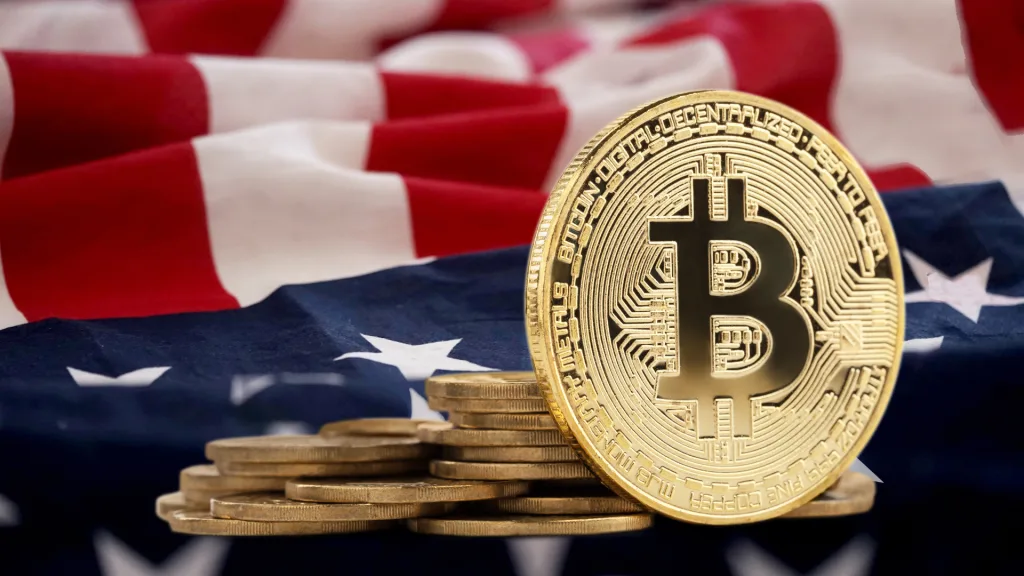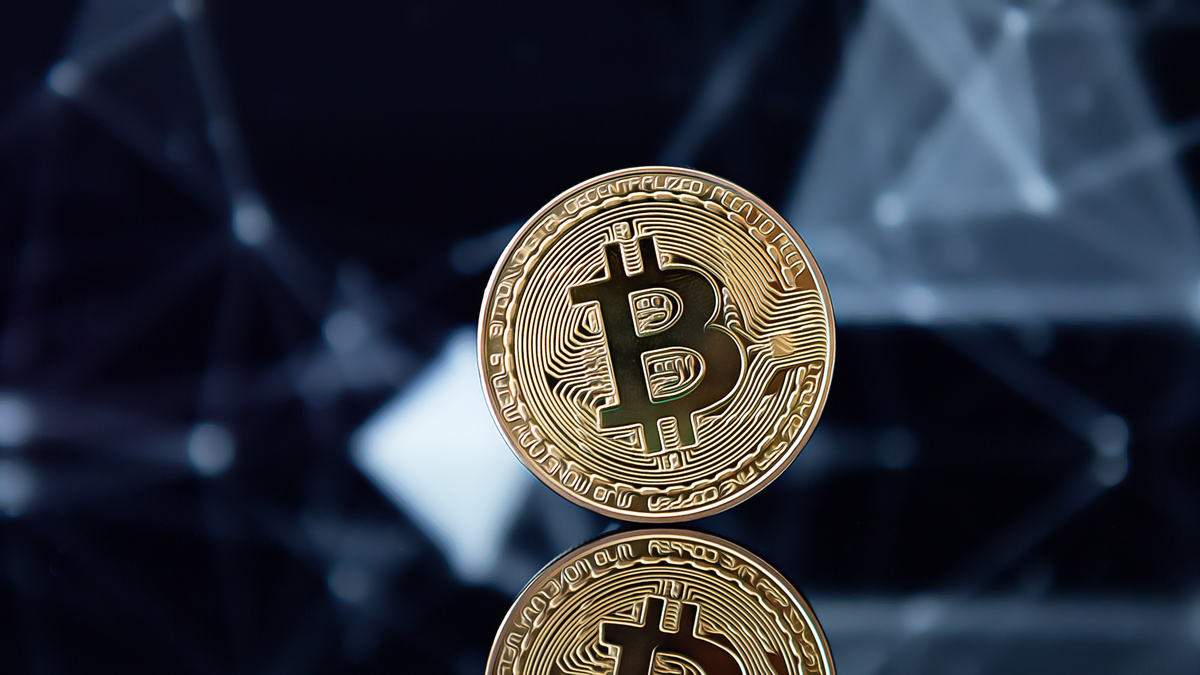Will Bitcoin Replace Gold Digital vs Traditional Store

The debate surrounding whether Bitcoin will replace gold has intensified dramatically as digital currencies gain mainstream acceptance and institutional adoption reaches unprecedented levels. This fundamental question strikes at the heart of how we perceive value, store wealth, and protect our financial future in an increasingly digital world.
Gold has served as humanity’s premier store of value for over 5,000 years, weathering countless economic storms, political upheavals, and currency debasements. Its lustrous appeal transcends cultures and civilizations, making it the ultimate hedge against uncertainty. However, the emergence of Bitcoin in 2009 introduced a revolutionary concept: digital scarcity backed by mathematical proof rather than physical properties.
The comparison between Bitcoin and gold represents more than a simple investment choice; it embodies a philosophical divide between traditional wealth preservation methods and cutting-edge financial technology. Traditional investors argue that gold’s tangible nature, industrial applications, and millennia-long track record make it irreplaceable. Meanwhile, cryptocurrency enthusiasts contend that Bitcoin’s superior portability, divisibility, and resistance to government control position it as the superior store of value for the digital age.
This comprehensive analysis examines whether Bitcoin will replace gold by exploring their fundamental characteristics, market dynamics, adoption trends, and future potential. We’ll investigate the strengths and weaknesses of both assets, analyze their performance during economic uncertainty, and consider the factors that might determine which asset ultimately emerges as the preferred wealth preservation vehicle.
Understanding this dynamic is crucial for investors, policymakers, and anyone concerned with protecting their wealth in an era of unprecedented monetary expansion and technological disruption. The outcome of this digital versus traditional asset battle could reshape global finance and redefine how future generations think about money itself.
Historical Context: Gold’s Millennia-Long Reign
The Golden Foundation of Civilization
Gold has maintained its status as the ultimate store of value throughout human history, serving as the backbone of monetary systems across diverse civilizations. From ancient Egypt’s pharaohs to the Roman Empire’s denarii, gold has consistently represented wealth, power, and stability. This precious metal’s unique properties—scarcity, durability, and universal acceptance—established it as the natural choice for monetary systems worldwide.
The gold standard era, spanning from the 19th century until 1971, demonstrated gold’s capacity to anchor entire economies. During this period, major currencies derived their value from fixed gold exchange rates, providing stability and predictability to international trade. Even after President Nixon ended the gold standard, central banks continued accumulating gold reserves, recognizing its importance as a monetary anchor and confidence booster.
Modern Gold’s Enduring Appeal
Today’s gold market reflects thousands of years of accumulated trust and confidence. Central banks worldwide hold approximately 35,000 tons of gold, representing roughly 20% of all above-ground gold supplies. This institutional support underscores gold’s continued relevance in modern monetary systems, even as fiat currencies dominate daily transactions.
Gold’s performance during crisis periods reinforces its reputation as a safe haven asset. During the 2008 financial crisis, gold prices surged from $800 to over $1,900 per ounce, providing investors with substantial protection against market volatility and currency debasement. Similarly, recent geopolitical tensions and pandemic-related uncertainty have driven renewed interest in gold investment.
Bitcoin’s Revolutionary Emergence

The Digital Scarcity Breakthrough
Bitcoin’s creation in 2009 by the pseudonymous Satoshi Nakamoto introduced an unprecedented concept: mathematically enforced scarcity in the digital realm. Unlike traditional digital assets that can be copied infinitely, Bitcoin employs blockchain technology and cryptographic proof to ensure that only 21 million coins will ever exist. This hard cap creates a scarcity mechanism potentially more rigid than gold’s natural limitations.
The underlying blockchain technology provides Bitcoin with unique characteristics that traditional assets cannot match. Transactions are recorded permanently on a distributed ledger, making Bitcoin resistant to censorship, seizure, and manipulation. This technological foundation has attracted institutional investors, corporations, and even nation-states seeking alternatives to traditional monetary systems.
Institutional Adoption and Market Maturation
Bitcoin’s evolution from a niche experiment to a legitimate asset class has accelerated dramatically. Major corporations like Tesla, MicroStrategy, and Square have added Bitcoin to their treasury reserves, treating it as a store of value comparable to gold. Traditional financial institutions, including JPMorgan Chase and Goldman Sachs, now offer Bitcoin services to their clients, legitimizing the cryptocurrency in mainstream finance.
The emergence of Bitcoin exchange-traded funds (ETFs), futures markets, and sophisticated trading infrastructure has enhanced the cryptocurrency’s accessibility and stability. These developments address previous concerns about Bitcoin’s volatility and liquidity, making it increasingly viable as an alternative to gold for wealth preservation purposes.
Comparative Analysis: Bitcoin vs Gold
Scarcity and Supply Dynamics
Both Bitcoin and gold derive their value partially from scarcity, but their supply mechanisms differ fundamentally. Gold’s scarcity results from geological limitations and expensive extraction processes. Annual gold mining typically increases global supplies by 1-2%, providing relatively predictable inflation rates. However, significant gold discoveries or technological advances in extraction could potentially alter this dynamic.
Bitcoin’s scarcity is mathematically guaranteed through its programming code. The predetermined issuance schedule reduces new Bitcoin creation every four years through “halving” events, ultimately capping total supply at 21 million coins. This algorithmic scarcity provides greater predictability than gold’s geology-dependent supply, potentially making Bitcoin a superior store of value in the long term.
Portability and Divisibility
Bitcoin demonstrates clear advantages in portability and divisibility compared to gold. While gold requires physical storage, insurance, and transportation costs, Bitcoin can be transferred globally within minutes at minimal cost. A Bitcoin wallet containing millions of dollars worth of cryptocurrency weighs nothing and occupies no physical space, making it ideal for international wealth transfer and storage.
Divisibility represents another area where Bitcoin excels. Each Bitcoin can be divided into 100 million units called satoshis, allowing for precise transactions of any size. Gold, while divisible, faces practical limitations in small denominations and requires assaying to verify purity, adding complexity and cost to transactions.
Store of Value Performance
Analyzing Bitcoin and gold as stores of value reveals interesting patterns. Gold has maintained relatively stable purchasing power over centuries, with occasional periods of significant appreciation during crisis periods. Its long-term track record provides confidence in its ability to preserve wealth across generations.
Bitcoin’s shorter history shows dramatically different characteristics. Since its inception, Bitcoin has experienced extraordinary price appreciation, rising from virtually worthless to over $65,000 per coin at its peak. However, this growth has come with extreme volatility, including multiple drawdowns of 80% or more. While Bitcoin’s long-term trend remains strongly upward, its volatility raises questions about its suitability as a stable store of value.
Market Dynamics and Adoption Trends
Institutional Investment Patterns
The institutional adoption of Bitcoin versus gold reveals shifting preferences among professional investors. Traditional institutional portfolios typically allocate 5-10% to gold as a hedge against inflation and market volatility. Recently, some institutions have begun substituting or supplementing gold allocations with Bitcoin, viewing the cryptocurrency as “digital gold” with superior growth potential.
Corporate treasury management represents a significant trend favoring Bitcoin. Companies seeking to protect their cash reserves from inflation and currency debasement have increasingly turned to Bitcoin rather than gold. The practical advantages of holding Bitcoin—no storage costs, easy transferability, and potential for appreciation—make it attractive for corporate treasurers.
Generational Preferences
Demographic analysis reveals stark differences in Bitcoin versus gold preferences. Younger investors, particularly millennials and Generation Z, show strong preferences for Bitcoin over gold. This demographic comfort with digital assets, combined with skepticism toward traditional financial systems, suggests that Bitcoin may gain market share as these generations accumulate wealth.
Conversely, older investors typically prefer gold’s tangible nature and proven track record. This generational divide implies that Bitcoin’s potential to replace gold may depend partly on demographic shifts as digital-native generations assume greater control over investment decisions.
Economic Factors and Market Conditions
Inflation Hedge Effectiveness
Both Bitcoin and gold are commonly promoted as inflation hedges, but their effectiveness varies significantly. Gold has historically provided modest protection against inflation over long periods, though its performance during specific inflationary episodes has been inconsistent. The precious metal’s industrial uses and central bank demand provide fundamental support for its value.
Bitcoin’s inflation hedge credentials remain largely theoretical due to its limited history during inflationary periods. The cryptocurrency’s fixed supply should theoretically make it an excellent inflation hedge, but its correlation with risk assets during recent market stress suggests it may not always behave as expected during economic uncertainty.
Crisis Performance Comparison
Crisis performance represents a crucial test for any store of value asset. Gold has consistently demonstrated its safe-haven properties during geopolitical tensions, financial crises, and currency collapses. Its performance during the 2008 financial crisis, European debt crisis, and recent pandemic-related uncertainty reinforces its reputation as a crisis hedge.
Bitcoin’s crisis performance has been mixed and evolving. During the March 2020 market crash, Bitcoin initially fell alongside risk assets, contradicting its safe-haven narrative. However, Bitcoin subsequently outperformed most assets during the pandemic recovery, suggesting its role as a store of value may be maturing but remains distinct from gold’s traditional safe-haven characteristics.
Technological Advantages and Limitations

Bitcoin’s Technological Superiority
Bitcoin’s technological foundation provides several advantages over gold that could drive adoption. The blockchain’s transparency allows anyone to verify Bitcoin transactions and holdings, eliminating counterparty risk and the need for trusted third parties. This verification capability addresses concerns about fake gold and storage integrity that plague traditional precious metals markets.
The programmable nature of Bitcoin enables sophisticated financial applications impossible with gold. Smart contracts, multi-signature wallets, and automated investment strategies can be built around Bitcoin, creating new financial products and services. These capabilities position Bitcoin as more than just a store of value—it becomes a foundation for an entirely new financial system.
Infrastructure and Accessibility Challenges
Despite its technological advantages, Bitcoin faces infrastructure challenges that gold has already overcome. The cryptocurrency requires reliable internet access, technical knowledge, and secure storage solutions that may be unavailable or impractical in certain situations. Power outages, internet disruptions, or hardware failures can temporarily limit Bitcoin access in ways that don’t affect physical gold.
The learning curve associated with Bitcoin custody and security remains significant. Unlike gold, which can be stored relatively simply, Bitcoin requires understanding of private keys, wallet software, and security practices. These technical requirements may limit Bitcoin’s appeal among less technologically sophisticated investors.
Regulatory Environment and Government Attitudes
Gold’s Regulatory Stability
Gold benefits from well-established regulatory frameworks developed over centuries of trading and ownership. Most jurisdictions recognize gold ownership rights and have clear tax treatment for gold investments. This regulatory clarity provides confidence for investors and institutions considering gold allocations.
However, governments have historically demonstrated willingness to restrict gold ownership during extreme circumstances. The United States’ gold confiscation in 1933 and various restrictions during wartime periods remind investors that gold ownership is subject to government authority, particularly during crisis periods.
Bitcoin’s Regulatory Uncertainty
Bitcoin operates in a rapidly evolving regulatory environment that creates both opportunities and risks. Some countries have embraced Bitcoin, with El Salvador making it legal tender and others developing comprehensive regulatory frameworks. However, other nations have imposed restrictions or outright bans on Bitcoin trading and ownership.
This regulatory uncertainty affects Bitcoin’s ability to replace gold as a store of value. While Bitcoin’s decentralized nature makes it resistant to government control, regulatory restrictions can significantly impact its accessibility and market value. The ongoing development of international regulatory standards will likely influence Bitcoin’s long-term viability as a gold alternative.
Future Outlook and Predictions
Market Size and Growth Potential
The global gold market represents approximately $12 trillion in above-ground supplies, while Bitcoin’s market capitalization has peaked at around $1.3 trillion. This size disparity suggests significant growth potential for Bitcoin if it captures even a small portion of gold’s market share. Some analysts predict that Bitcoin could reach $500,000 per coin if it achieves parity with gold’s store of value market.
However, this growth potential comes with increased volatility risk. Bitcoin’s price appreciation has historically been accompanied by dramatic corrections that test investors’ conviction. Whether Bitcoin can maintain its growth trajectory while reducing volatility remains an open question that will influence its ability to replace gold.
Technological Evolution and Improvements
Bitcoin’s development continues with improvements to scalability, privacy, and functionality. The Lightning Network enables instant, low-cost Bitcoin transactions, addressing previous concerns about transaction speed and fees. These technological improvements enhance Bitcoin’s utility and could accelerate adoption as both a medium of exchange and store of value.
Conversely, gold faces potential disruption from technological advances in mining, recycling, and synthesis. While asteroid mining remains speculative, advances in extraction technology could potentially increase gold supplies and reduce its scarcity premium. The development of gold-backed digital tokens also seeks to combine gold’s stability with digital convenience.
Also Read: Bitcoin Cash BCH Price Live Chart and News
Conclusion
The question of whether Bitcoin will replace gold cannot be answered definitively, as both assets serve different investor needs and preferences. Gold’s millennia-long track record, physical tangibility, and cultural significance provide enduring advantages that Bitcoin cannot replicate. The precious metal’s role in central bank reserves and crisis hedging ensures continued institutional demand regardless of Bitcoin’s success.
However, Bitcoin offers compelling advantages that position it as a legitimate alternative to gold for many investors. Its superior portability, divisibility, and technological capabilities make it particularly attractive for younger, technology-oriented investors. The cryptocurrency’s mathematical scarcity and resistance to government control appeal to those seeking alternatives to traditional monetary systems.
Rather than complete replacement, the more likely scenario involves Bitcoin capturing an increasing share of the store of value market while gold maintains its traditional role. Generational preferences, technological adoption, and regulatory developments will ultimately determine the relative importance of each asset in global investment portfolios.
The emergence of Bitcoin has fundamentally changed the store of value landscape, creating the first viable digital alternative to gold. While Bitcoin may not entirely replace gold, it has established itself as digital gold for the internet age, offering investors unprecedented choice in wealth preservation strategies. The coexistence of both assets provides diversification opportunities and reflects the evolving nature of money and value storage in the 21st century.
Investors should consider both Bitcoin and gold as complementary rather than competing assets, each offering unique benefits and risk characteristics. The future belongs not to the replacement of one by the other, but to a multi-asset approach that harnesses the strengths of both traditional and digital stores of value.




